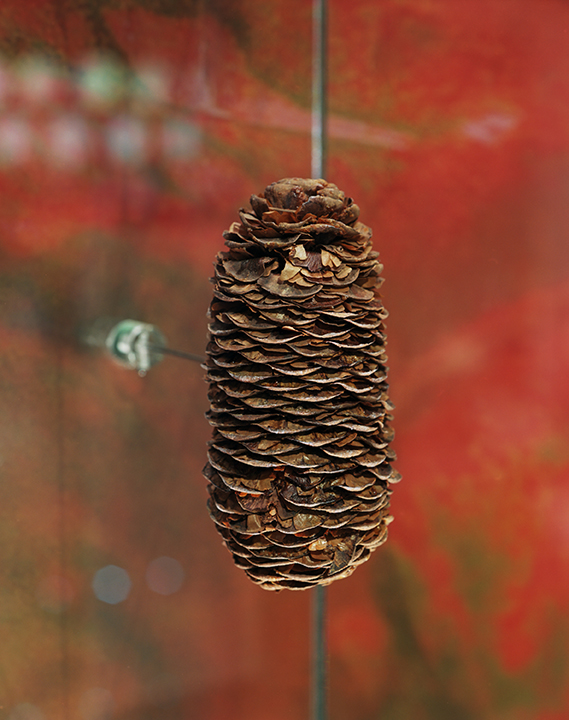EMMÊLEMENT ET AUTRES HISTOIRES DE FÔRETS
SET 2023
Filigranes Editions
AUTHOR: Téo Becher
TEXT: Fabien Ribéry
Dimensions: 6.6 x 9.8 inches
Languages: French/English
Price: 25,00€
Print: coming soon
ISBN : coming soon
#20 « Emmêlement et autres histoires de forêts » (Téo Becher)
A new era of links
The series Emmêlement et autres histoires de forêts challenges notions of nature and culture, questioning the limits, edges and interactions between these two concepts built on antagonisms that can be seen as relatively false or mystifying. Accompanied by researchers from the Geographie de l'Environnement laboratory (GEODE - CNRS/Université Toulouse Jean Jaurès) in Toulouse, Téo Becher walked through natural spaces - mountains and forests - in search of the traces left by man in the landscape.
At what point do we distinguish between an intervention that transforms the environment and one that fully integrates it?
When can we consider that an orthosis, or any structure that modifies a territory, has lost its power to artificialize it?
Should we simply wait for time to do its work and smooth the eyes of the beholder?
Anthropologist Philippe Descola's major works have clearly shown that the Western dualism between nature and culture is far from self-evident everywhere on the planet, and that there are many other ways of objectifying the world and others. There's nothing natural about the concept of nature, just as there's nothing natural about the concept of landscape, which is an aesthetic/social construction. The framing of a place can be the result of a desire to control space in order to reduce its complexity and mobility.
Téo Becher observes how territories are shaped, by humans and non-humans. For him, there is porosity, hybridization and dialogue; the idea of a closed or pure place that escapes corruption, based on Rousseau's fantasy of the ideal virginity of the primeval world, is not valid. Nature interacts with man, who interacts with it, or forces it, in a process of ongoing, more or less consensual exchanges. The artist thinks in terms of links, exchanges and inventions, but also in terms of experimental research into the very substance of the image, its alteration, persistence, spectrality and life of its own. Sometimes verging on abstraction, the photographer's images are above all cosa mentale, rather than pale reflections of an unambiguous exteriority. Nothing didactic here, but a meditation of fine poetic essence on the autonomy of the living, and in a way of images. There is the visible and the invisible, what is offered up to view and what is concealed, the given and the hidden as part of a dialectical process where one cannot exist without the other, where form cannot be conceived without the powers that force it to move intimately (...) But the artist also questions scientific and museum representations of nature, photographing samples taken by researchers in the laboratory, as well as leaves, plants and roots on display at Toulouse's Natural History Museum. The way in which we exhibit, show and classify constructs for the public a specific relationship to the world, often made up of distinct categories and partitions.
Strict dualistic thinking leads to processes of domination of nature, the deleterious effects of which we are cruelly feeling today. Landscapes are consumed, we protect in reserves, we are persuaded of a catastrophe to come. And yet, as Téo Bécher shows, ecoburage also prevents fires, and anthropized forests reinvent themselves once humans have moved on to other activities or uses. The wonder of the living world, as revealed by his visual research, is far more astonishing than human thought.Fabien Ribery

